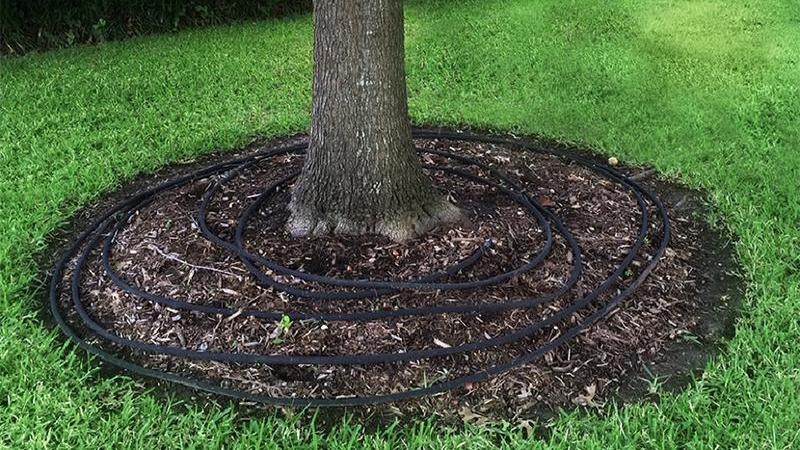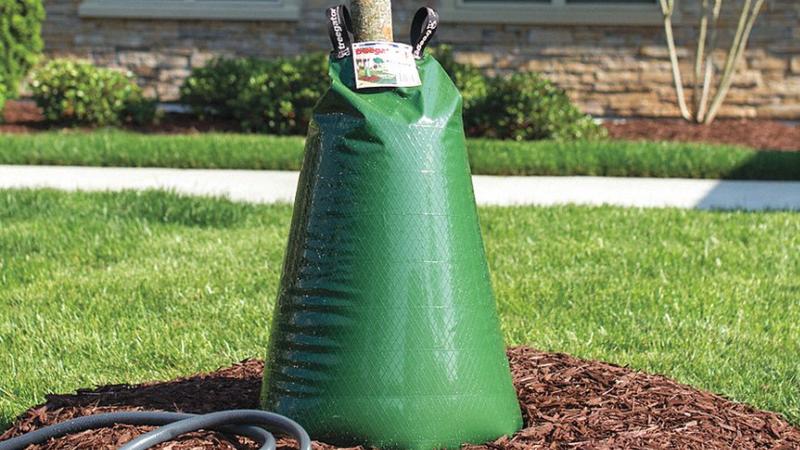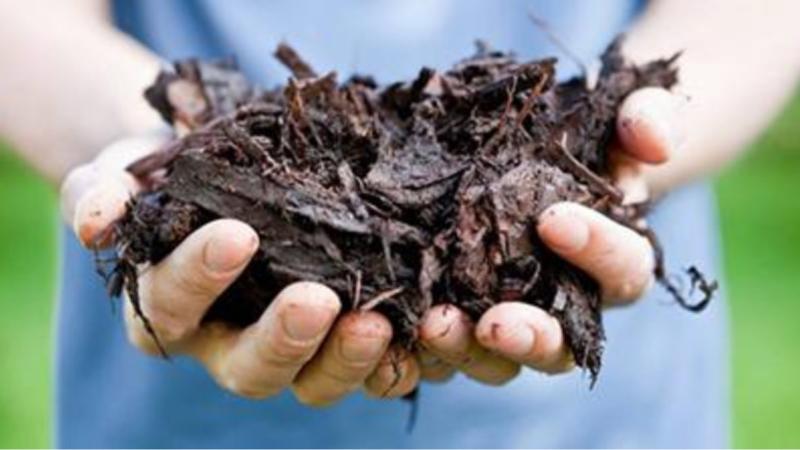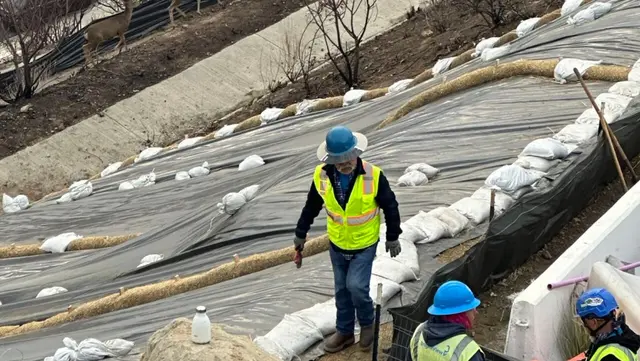
How to Preserve Your Trees During Drought
Make Trees a Priority in Your Preservation Plan
The trees in your landscape are one of your most valuable assets—aesthetically, environmentally and economically. With one 25-year-old Oak valued at about $25,000, it makes sense to take care of your trees. Unfortunately, the continuing drought makes it tough. Inadequate rainfall causes high salt content in the soil, diminished tree root function and a lack of deep root water. As heat increases and water becomes scarce, foliage gets scorched, branches become brittle and trees fall prey to pests and disease. There is something you can do. Follow the tips below and save your trees from drought’s adverse effects.
Make a Plan
There are a number of things BrightView can do to maintain the quality of your landscape.
- Identify high-value trees in your landscape.
- Make them a priority in your preservation plan.
- Designate diseased or weak trees* for removal.
*Those that either don’t fit your landscape design or negatively impact visibility of your property.
Water Deeply, Effectively and Efficiently
In times of drought, you need to rethink how you irrigate trees. Take these steps:

Temporary Drip Line
Place a temporary drip line around the outer tree perimeter (especially good for larger trees in turf areas or parking lots).
Deep Water Injection
Perform deep water injection with hydraulically-pressurized water at root depth.
- Inject with recycled water on trees that can tolerate reclaimed water.
- Inject with potable water on more sensitive trees such as Redwoods.

Water Bags
Use water bags (AKA Treegator Bags) on smaller trees or newly established trees not in proximity to irrigation systems.
Reduce Water Loss with Mulch
Mulching minimizes evapotranspiration and helps retain water around tree root zones. If you haven’t already done so, mulch your tree wells and remove any water-intensive plants or ground cover from tree root zones. Consider these mulch options:

- Recycled Mulch from Your Pruning Byproducts
Cost efficient, high water content and nutritional value. Best for non-focal areas. - Processed Mulch
Great esthetic value but cost is higher. - Sheet Mulch
(layered compost, cardboard)
Good esthetic value for the cost. Highest water retention of the three options.
Use Deep Root Feeding for Vulnerable Tree Species
All trees suffer during drought but some species are especially vulnerable. These species include:
| Sequoia sempervirens Coastal Redwood |
Prunus cerasifera Purple Leaf Plum |
| Salix spp., Geijera parvifolia Willow |
Cupaniopsis anacardioides Carrotwood |
| Alnus sp. Alder |
Gleditsia sp. Locust |
| Populus spp. Poplar |
Ligustrum sp. Privet |
| Betula spp. Birch |
Watch for Signs of Decline
You can use the images in the gallery below as a visual guide to keep an eye out for the 5 stages of decline in your trees. (Good > Top Dieback > Discoloration > Dieback - No Growth > Dead).
Learn More about Smart Water Management
When you conserve water, you’re benefitting your community and the environment at large. If you have further questions on ways to conserve water in your landscape, let us know.



